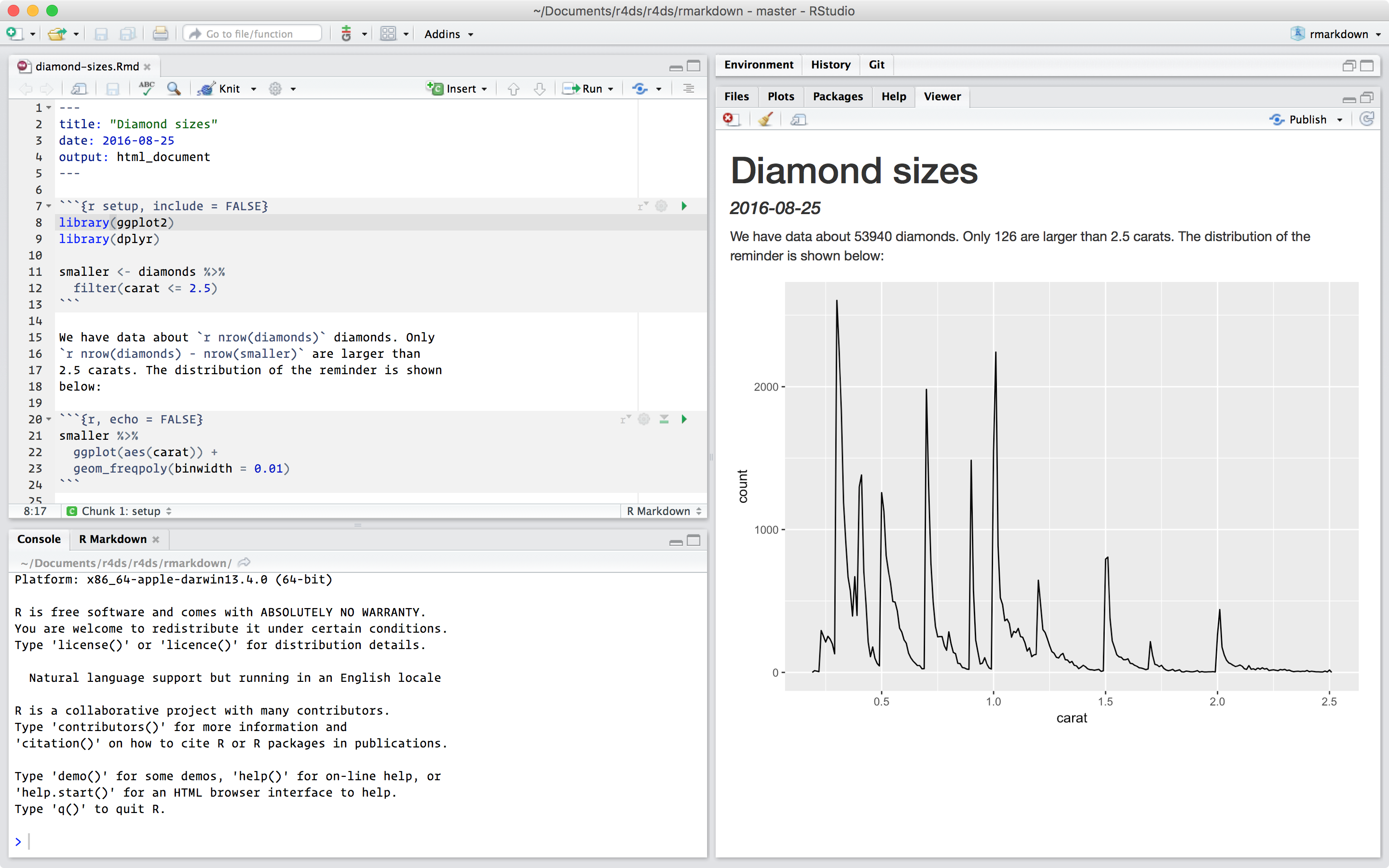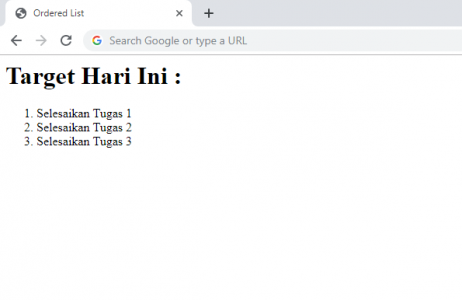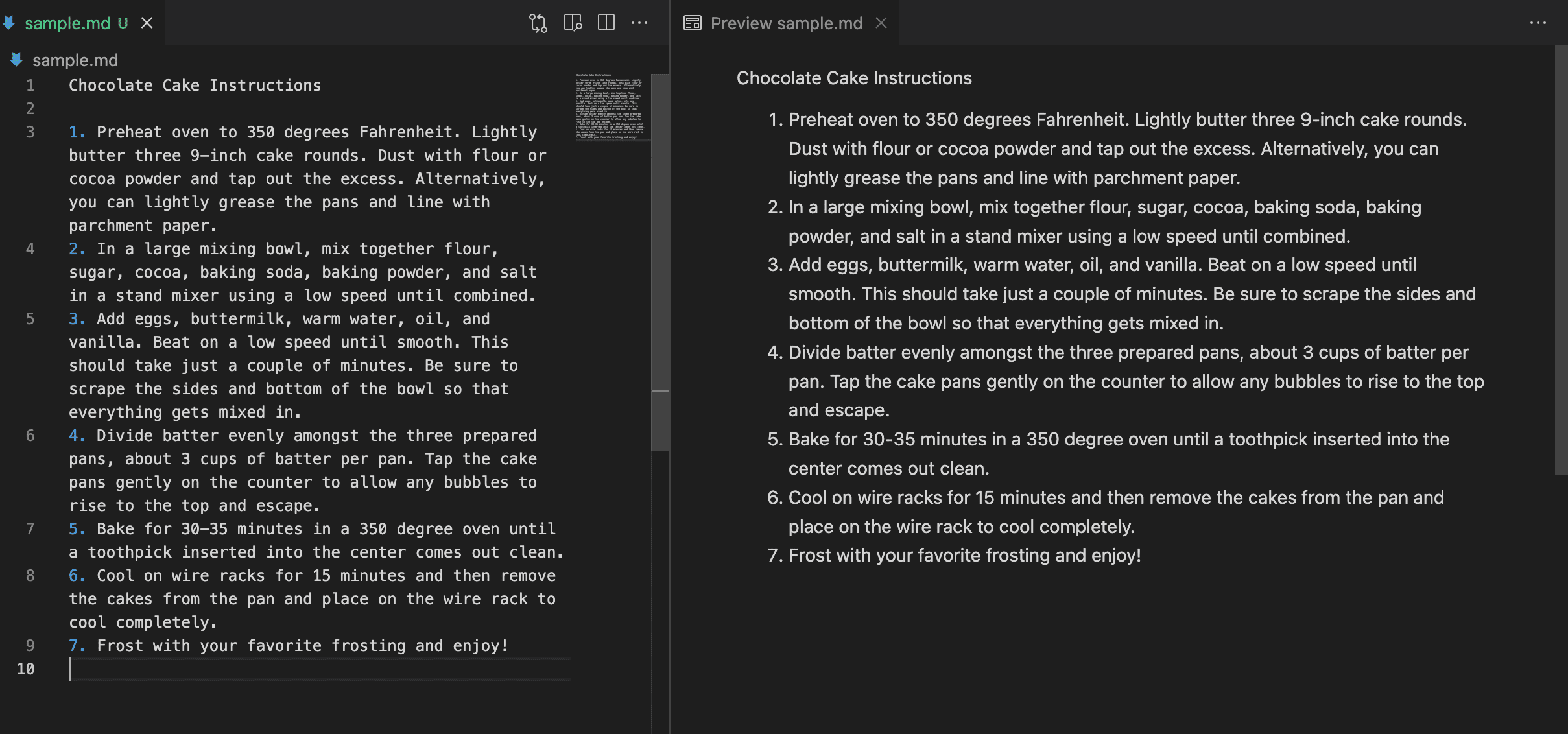

Let’s create an R DataFrame, run these examples and explore the output. # Example 5 - Rename multiple columns using rename() #Example 3 - Rename the column name - id to c1Ĭolnames(my_dataframe) ="c1" #> nostrud exercitation ullamco laboris nisi ut aliquip ex ea commodo consequat.Following are quick examples to rename columns/variables of the R data frame (change/update old column name with new column name). #> tempor incididunt ut labore et dolore magna aliqua.

#> abstract: Lorem ipsum dolor sit amet, consectetur adipisicing elit, sed do eiusmod

The source for that document is in the Github repository “/rmd_example/ex2.rmd”, but for posterity, here is the rmd source (note: you will need the mybib.bib for it to run, which is also in the same folder) #>. Example document with various R outputĪ quick example of what a possible article written in RMarkdown looks like is here:
#Ordered list rmarkdown code#
The output of the above code looks like this:Īn alternative package for both the html and LaTeX output is xtable, which have similar functionality as stargazer.Ģ.
#Ordered list rmarkdown pdf#
I highly suggest that you give the pdf output a go, or give LaTeX a try, as it produces beautiful, highly customizable and professional output. A bibtex formatted citation looks like this: varying speed of light as a solution to cosmological puzzles},Īuthor= If you use (you should!!!!) any citation manager, there is an option to export your citations into a Bib file. bib extension), which is essentially a plain text file with your bib citation. For this to work, you’ll need a BibTeX file (with. The bibliography is one of the key argument if you are writing academic papers.
#Ordered list rmarkdown install#
You need to install LaTeX for this feature. If you always wanted to try LaTeX but found it too complicated, this is an easy way to create professional looking papers, without going into the LaTeX nitty gritties (eventually you’ll have to I’m afraid). pdf_document creates a pdf doc, using LaTeX.use the knit drop down menu to choose your output.use the output: pdf_document in the YAML header.You can switch between outputs in two ways:

The table of content automatically pulls your markdown headers ( #, #, etc.). The output: in this case is a html_document, with table of contents enables ( toc: true) with displaying 3 levels ( toc_depth: 3). You should also mind the indentation of the header elements, because it matters! Most of the things are self explanatory (such as title, author, etc.), but there are some options under output that are worth exploring. The YAML header for this document looks like this: In this, you can specify the attributes for your documents (similary to the LaTeX preambulum). For example the defaults that I used for these outputs is the following: knitr::opts_chunk$set(echo = TRUE, You can set global options for your document with the following line in a code chunk: knitr::opts_chunk$set(). (e.g.: what you see after loading packages) Message same as the previous, but with messages. Useful if you have long warnings for some reasons and you do not want to clutter the results. Warning and error when TRUE will display the error and warning messages alongside your results. If you just want to show your code, without the results this is useful.Įcho = TRUE/FALSE When TRUE it will show both your code and the output below. The most useful options:Įval = TRUE/FALSE When FALSE it’ll only display code, not the output, as the code inside the chunk will not be evaluated and run. You can specify options for each chunk (or set up a global default) which will controll how knitr will run the code inside. You can run the Rmarkdown document by “knitting” it with the Knit button. Quick excercise: create a new R Markdown document and see what the output of the above code is. To illustrate our point we will plot the correlation. #> In this reprt we investigate the possible connection between life expectancy and GDP per capita. #> title: "Analysis of determinants of life expectancy" We will go over each element and then use our prevous sessions to write a short mock report. Rmd file is being sent to the knitr package, which then executes all your code chunks and then pandoc renders the output in your desired format.Ī short document looks like this. The YAML header at the beggining of the doc, between the - lines. The main elements of our document are: 1. R Markdown allows us to interweave text, code and results in one document. The new document you’ll have is essentially a plain text file, with an. You can create a new R Markdown document from the File > New File > R Markdown.


 0 kommentar(er)
0 kommentar(er)
